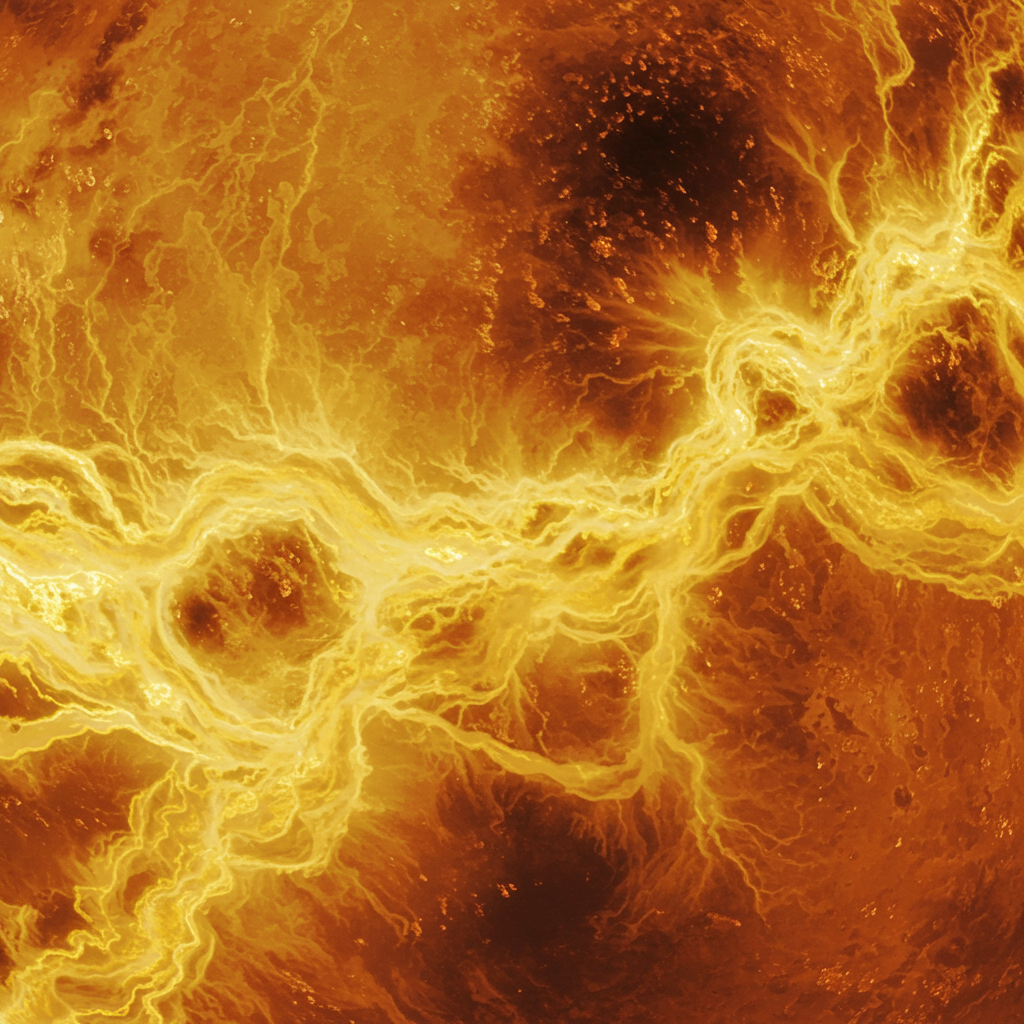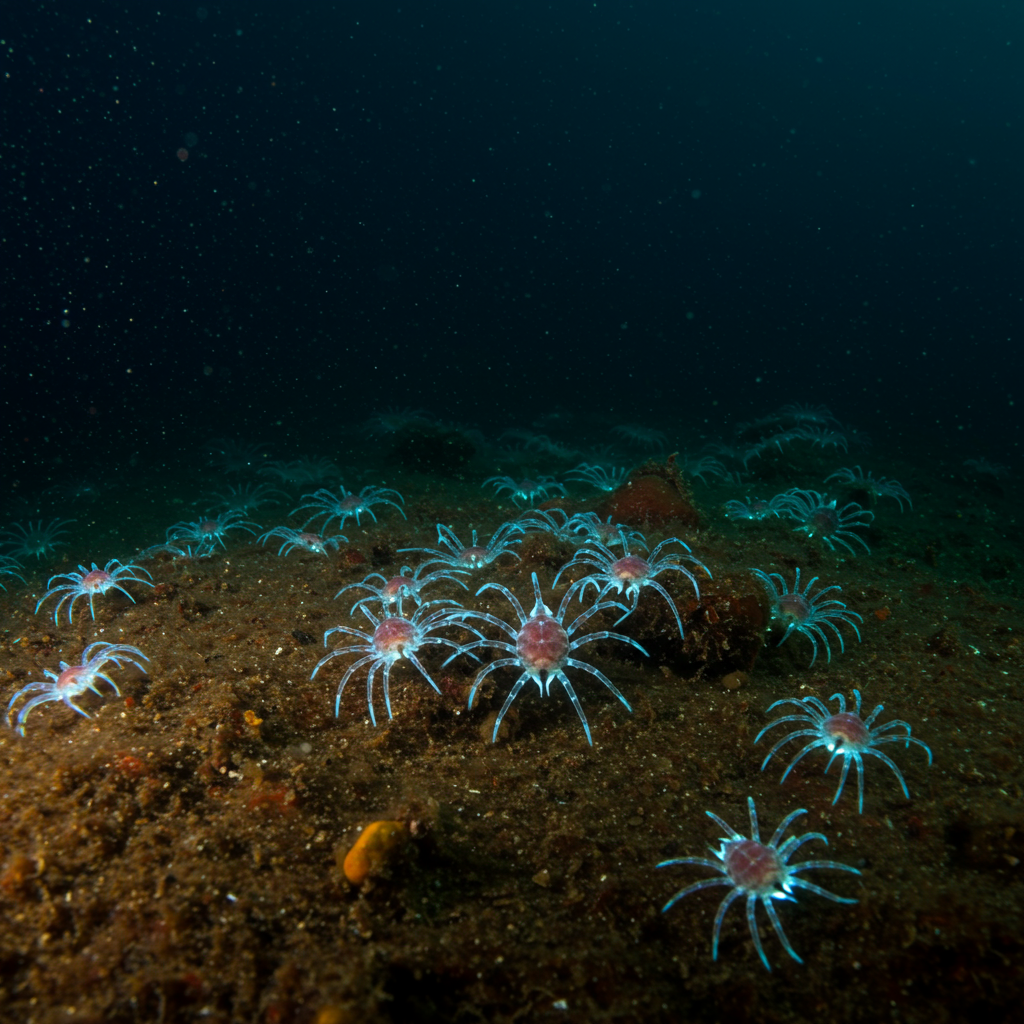Venus, Earth’s enigmatic sister planet, shrouds its surface in a dense, hellish atmosphere, concealing conditions that have long baffled scientists. For decades, direct data from its scorching landscape remained scarce, leading to wild speculation about its hidden world. However, new pioneering research is finally lifting the veil, revealing intricate “anti-weather” patterns that defy our terrestrial understanding. This groundbreaking study leverages the limited available data to construct sophisticated models, providing crucial insights into Venus’s extreme winds, dust transport, and baffling thermal stability in certain regions.
Unlocking Venus’s Atmospheric Enigma
Understanding Venus’s surface environment is paramount for future exploration. A recent paper by Maxence Lefèvre and his colleagues at the Sorbonne has significantly advanced our knowledge. Their work uses existing, albeit sparse, data from Venus’s surface to validate a complex model. This model meticulously predicts local wind and dust conditions. The primary goal is to pave the way for upcoming Venusian missions, making their perilous journeys more informed and safer.
Published in preprint on arXiv, this paper delves into two critical metrics: temperature fluctuations and the movement of dust. What sets this research apart is its innovative approach. For the first time, models differentiate between various planetary regions. This granular analysis is absolutely essential to pinpoint the specific forces driving these unique conditions across Venus. Despite the planet’s alien nature, the fundamental driver for both temperature and dust dynamics remains the same as on Earth: wind.
A Groundbreaking Regional Approach
Previous atmospheric models often treated Venus’s surface as a singular, uniform block. This new study introduces a revolutionary “regional” simulation. It breaks down the planet into distinct areas, each with its own calculable weather model. This method allows researchers to isolate and understand localized phenomena. By doing so, they can identify critical features that influence temperature and dust distribution more accurately. This detailed perspective is vital for navigating the complexities of Venus.
The Driving Force: Venusian Winds and Thick Air
Measurements from the Venera probes, some of the only spacecraft to successfully land on Venus, recorded incredibly slow wind speeds. At the bottom of Venus’s thick atmosphere, winds crawl at a mere 1 meter per second. This speed pales in comparison to Earth’s typical 20 m/s or Mars’s 40 m/s. Yet, this seemingly sluggish movement has a profound impact. Venus’s atmosphere is far denser than either Earth’s or Mars’s. Consequently, even low wind speeds on Venus require significantly more energy to achieve. These winds play a major role in shaping both surface temperatures and airborne dust levels.
Venus rotates incredibly slowly, resulting in a “day” that stretches for 117 Earth days. This extended exposure to solar radiation during the day and prolonged cooling by infrared radiation at night triggers massive atmospheric shifts. However, the new research highlights that these changes are far from uniform. They vary dramatically across different planetary regions. Distinct patterns emerge between Venus’s “highlands” (mountainous areas) and “lowlands” (plains), and again between its tropics and polar regions.
Diurnal Shifts: Tropics’ Dynamic Weather
In Venus’s tropical zones, a distinct “diurnal shift” in wind patterns occurs. This means wind behavior changes significantly between day and night. During midday, as the ground heats up, it pushes air upwards, creating upslope winds known as “anabatic” flows. These thermal currents lift air from the surface. However, as night falls, the process reverses. The surface cools rapidly due to infrared radiation. This cooling causes the air to become denser and flow downslope, generating “katabatic” winds.
These dynamic wind processes directly influence surface temperature. Katabatic winds, as they descend, compress the air. This compression leads to adiabatic warming, a process that heats the air. Intriguingly, this adiabatic warming effectively counteracts the infrared cooling from the surface. The net effect is a remarkable stabilization of temperatures in mountainous regions.
Mountainous Stability: The Adiabatic Anomaly
The winds in Venus’s highlands act as a natural thermostat. They maintain a surprisingly steady temperature, with a swing of less than 1 Kelvin between day and night cycles. This is a stark contrast to the lowlands, which lack this moderating effect. Lowland areas experience temperature swings of approximately 4 Kelvin. This “anti-weather” phenomenon—where winds actively work against expected temperature changes—is a key finding. It reveals an unexpected resilience in Venusian mountain climates.
Moving closer to the poles, the wind dynamics shift once more. Here, winds are consistently in katabatic flow. This continuous downslope movement again offsets the perpetual infrared cooling characteristic of these high latitudes. Upcoming missions, such as Envision and Veritas, are specifically targeting Venus’s poles. A clear understanding of these local processes is therefore invaluable before these probes arrive.
Dust Storms and DaVINCI’s Daring Descent
The DaVINCI probe is slated for a historic landing on Venus’s surface, the first in decades. Its planned descent targets Alpha Regio, a highland plateau situated near the equator. This region is expected to experience more moderate temperature swings compared to the surrounding low-lying areas. Yet, a crucial question remains: will DaVINCI face a barrage of floating dust? The research suggests this is quite possible.
According to the researchers’ calculations, a significant 45% of Alpha Regio exhibits wind strengths powerful enough to lift “fine sand” particles measuring 75 micrometers. This implies that DaVINCI’s planned landing zone could potentially be in the midst of an ongoing fine particle storm. The intensity of such a storm might even vary depending on the specific time of day the probe touches down. These findings are critical for designing robust landing gear and instruments.
The Next Frontier: Refining Our Understanding
This groundbreaking regional simulation provides an unparalleled view into Venus’s localized weather patterns. However, the work is far from complete. The authors themselves propose avenues for further improvement. These include incorporating different thermal characteristics for various surface parts, based on their albedo (reflectivity) and thermal inertia (resistance to temperature change). Additionally, accounting for the thermal absorption value of carbon dioxide—the predominant gas in Venus’s atmosphere—at different temperatures would enhance the models’ accuracy.
Researchers studying Venus’s atmosphere still have valuable time before the next generation of probes reaches our neighboring planet. When these missions eventually arrive, they will be equipped with a much better understanding of the forces and features shaping Venus’s incredibly hostile yet fascinating surface. This foundational research by Lefèvre and colleagues sets the stage for a new era of Venusian exploration, transforming mystery into scientific insight.
Frequently Asked Questions
What makes Venus’s surface weather so extreme and challenging to model?
Venus’s surface weather is extreme due to its incredibly dense, CO2-rich atmosphere and slow rotation. This combination creates an intense greenhouse effect and extremely long days and nights, leading to massive temperature swings. Modeling these conditions is challenging because direct data from the surface is scarce, and the atmospheric dynamics are complex, involving localized wind patterns, dust transport, and unique thermal interactions that differ significantly from Earth or Mars. The new regional modeling approach by Lefèvre et al. is helping to overcome these challenges by analyzing specific areas rather than treating the entire planet uniformly.
Which upcoming missions will explore Venus’s surface, and how will this research help them?
Several upcoming missions are set to explore Venus, including Envision, Veritas, and DaVINCI. The Envision and Veritas missions will focus on orbital observations, particularly targeting the polar regions, where the research indicates constant katabatic flows offset cooling. The DaVINCI mission is scheduled to land on the Venusian surface in Alpha Regio, a highland plateau near the equator. This new research provides crucial foresight by modeling local wind speeds, temperature fluctuations, and the likelihood of dust storms (e.g., 45% chance of lifting fine sand in Alpha Regio). This information is vital for mission planning, designing robust spacecraft components, and identifying safe landing sites.
How do localized wind patterns on Venus impact surface temperature stability?
Localized wind patterns on Venus, especially in mountainous “highland” regions, play a unique role in stabilizing surface temperatures. During Venusian nights, downslope “katabatic” winds compress the air as it descends. This compression causes adiabatic warming, which effectively counteracts the intense infrared cooling from the surface. As a result, these mountain areas experience significantly smaller temperature swings—less than 1 Kelvin between day and night—compared to “lowland” areas, which can see swings of around 4 Kelvin. This “anti-weather” effect demonstrates how specific wind dynamics can create pockets of relative thermal stability despite Venus’s overall extreme environment.
Conclusion
The ‘anti-weather’ of Venus, as unveiled by the groundbreaking research of Maxence Lefèvre and his team, offers a critical shift in our understanding of Earth’s closest planetary neighbor. By moving beyond generalized models to embrace regional simulations, scientists are beginning to decipher the intricate dance of winds, dust, and temperature that defines this scorching world. From the adiabatic warming in its highlands to the potential dust storms awaiting future probes like DaVINCI, every discovery refines our preparation for a new era of Venusian exploration. As these daring missions approach, they will carry with them not just instruments, but the invaluable insights gleaned from this pioneering research, propelling humanity closer to unlocking Venus’s deepest secrets.




